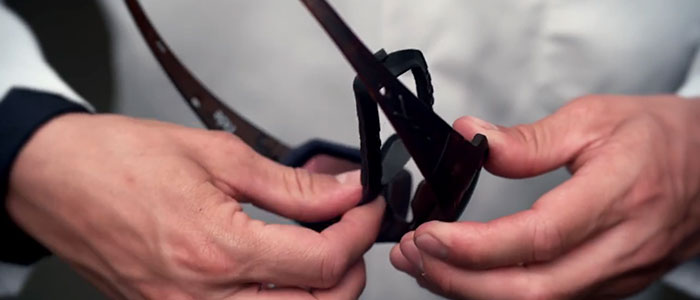Looking for Something?
Video Education Library
10 Reasons to Buy Here
- 2 Year Frame Warranty
- 2 Year Lens Warranty
- 30-Day ℞ Guarantee
- Great Frame Selection
- Friendly & Experienced
- 50% Off 2nd Pair
- Latest Innovations
- Highest Quality
- Competitive Pricing
- Support Local Business
Secure Online Ordering
Order vision care products securely & conveniently from your home.
Begin Ordering Now- Written by The FVC Team

Wiley X eyewear shows how its patented removable Facial Cavity™ Seals block out dust and debris.
- Written by The FVC Team

Wiley X eyewear shows how its patented removable Facial Cavity™ Seals block out peripheral light, allowing hunters to see better.


